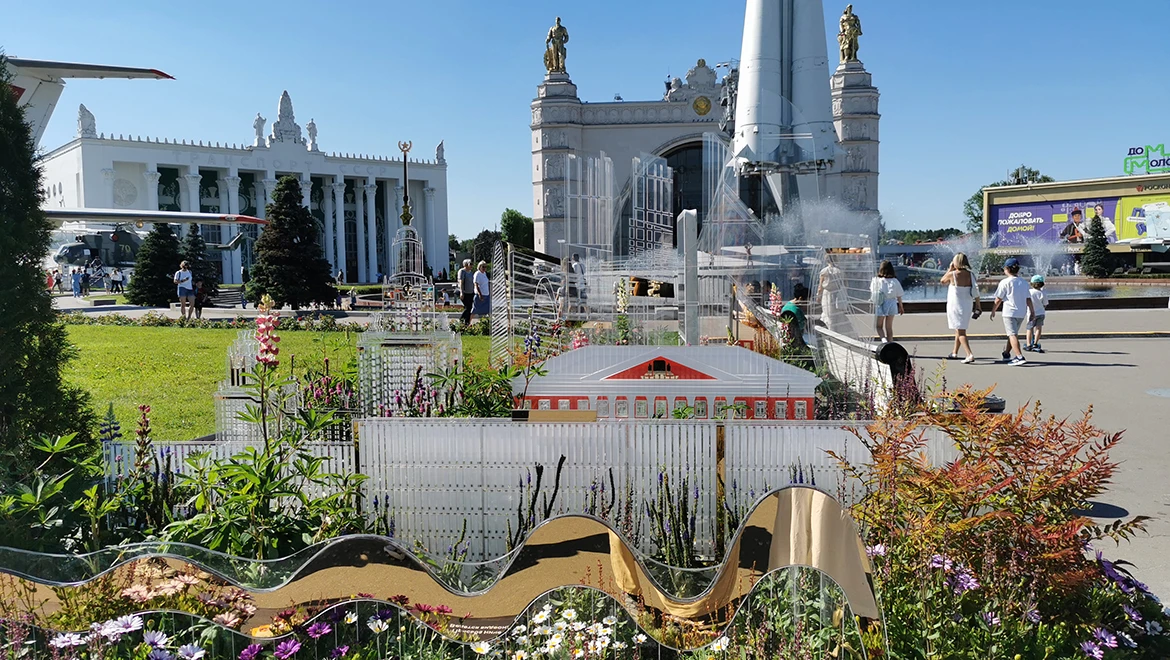Asian globe flower. Republic of Khakassia
Zharok
(Trollius asiaticus) - this is the name the locals in Khakassia give to this
flower - burns with a magical orange flame in the fields and meadows almost all
summer, reminding us of the ancient legends that the Khakassian land is so rich
in.
Majestic
mountains, steppes, dense taiga, healing lakes, the mighty Yenisei. The land of
five elements, a crossroads of civilizations -Khakassia is famous not only for
its unique natural diversity but also for its archaeological heritage. Burial
mounds, graves, ancient settlements, towns, fortresses, rock carvings, stone
statues - here, almost every meter of land is scattered with archaeological
monuments. And all this natural and historical wealth, of course, is reflected
in many beautiful legends. One of them is associated with zharok, which has
become the hallmark of the region.
The legend
tells of a poor shepherd named Sayan, who herded the master's cattle from
morning till night. One day, a pack of wolves attacked the flock. Sayan managed
to save the master’s cattle with great difficulty, but he himself was injured
by the wolves. Bleeding, he crawled to Lake Shira, famous for its healing
waters. With the help of this water, Sayan healed his wounds. Along his path,
where drops of his blood fell, flowers grew, which people called zharok.
In nature,
zharok grows in damp meadows, forest glades, forests, ascending into high
mountains up to the alpine belt, and in the north, it penetrates the tundra.
Since the XVIII century, the Asian globe flower has also settled in European
gardens - its seeds were sent to the famous naturalist Carl Linnaeus by the
scientist and traveler Erik Laxman, who lived and worked in Siberia at the
time.
The Asian
globe flower is valued not only for its beauty but also for its medicinal
properties. In folk medicine, an infusion of the plant is used to treat
jaundice, as a diuretic, anti-inflammatory agent, and remedy for scurvy. Zharok
is widely used in Tibetan and Mongolian medicine.
The beauty
and unique medicinal properties of the plant have led to the Asian globe flower
being listed in the Red Data Book of Russia. This flower has become a symbol of
Khakassia and its capital – it is depicted on the coat of arms of Abakan.
Along with the RUSSIA EXPO, the flower festival is also coming to an end.
The "Future in Flowers" festival continues at the RUSSIA EXPO, where unique flowerbeds from all regions of our country can be seen at the "Space" pavilion until July 8.
The RUSSIA EXPO concludes on July 8, and with it, the flower festival will also come to an end.





